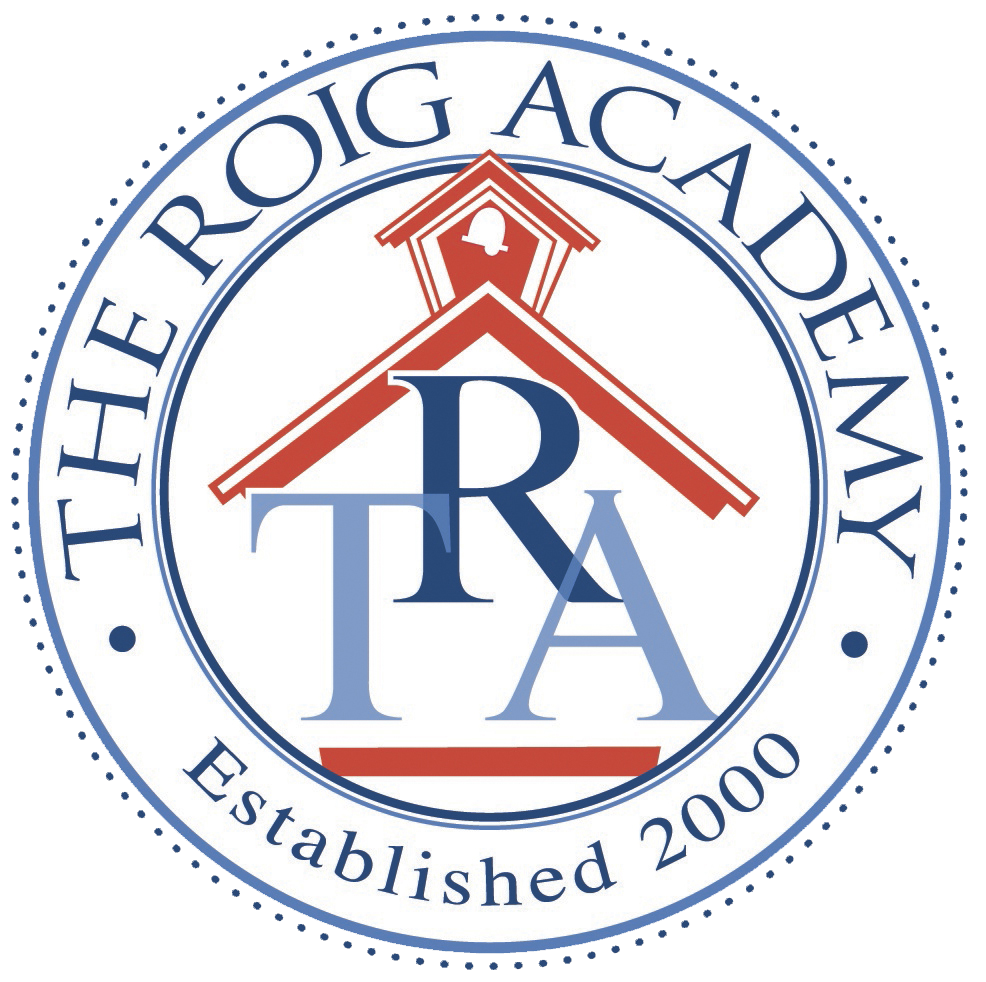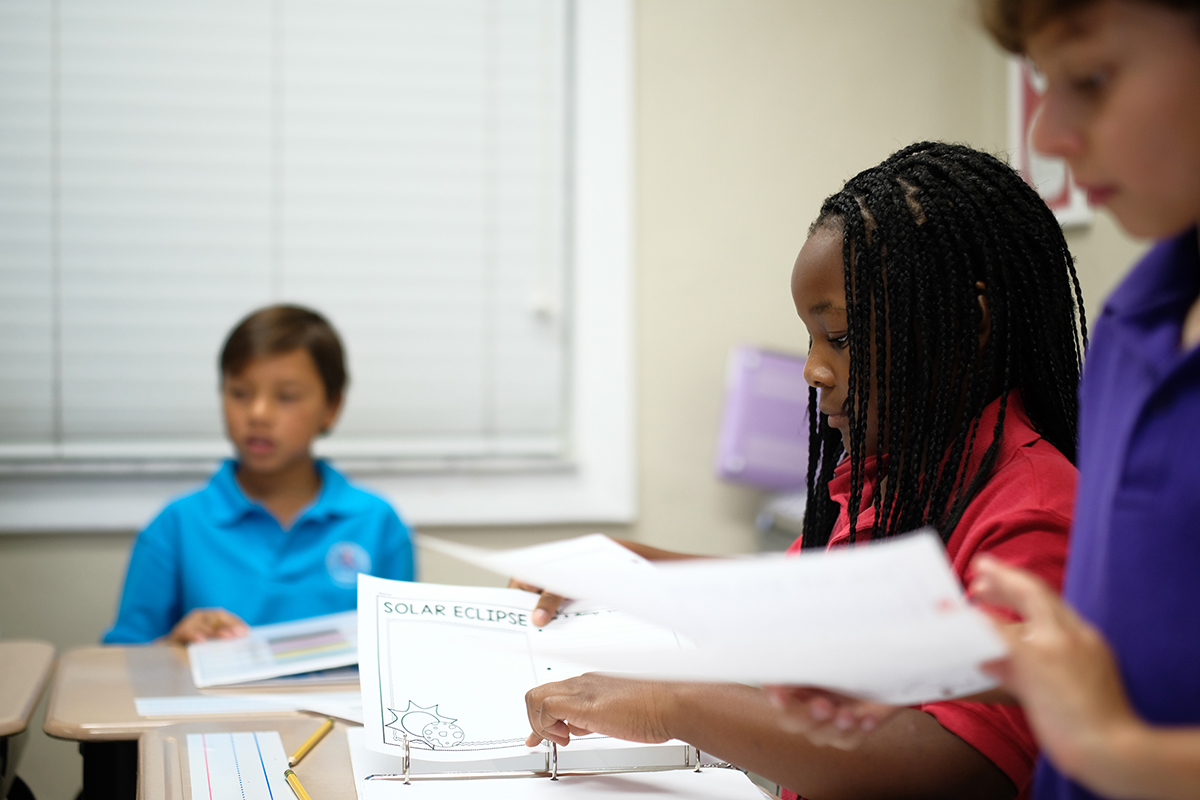Finding reading help for dyslexic students should be a top priority for any parent or educator. Children need an environment in which they can flourish, and the first step is identifying creative solutions to troubling problems.
Children who struggle with dyslexia or other reading disabilities have an inner curiosity just like any other student, but they need special tools to tap into their gifts. This is why there are schools that focus on reading help for dyslexic students. Every child deserves a tailored, quality education.
How Do Children With Dyslexia Learn to Read?
Multisensory Instruction is an innovative technique that immerses students in the learning process. It’s a proven method to help students who struggle with dyslexia to learn how to read.
The Orton-Gillingham Method is one of the key teaching techniques incorporated at The Roig Academy. We know each child has a unique approach to learning, and we make sure to provide opportunities for all students to learn, accommodating to those with educational challenges.
The Background of Multisensory Teaching
It all started with reading programs designed for struggling readers. These reading programs taught the explicit connection between letters and sounds. With this technique, called Orton-Gillingham, students were able to better understand the words. They were able to sound the words out, as well as understand why some letters were used differently in a different context. The multisensory instructional method is an innovation on this initial strategy. It’s all about taking the idea of words and letters and making them mean something more.
How Can You Incorporate Multisensory Instruction?
Multisensory learning relies on a child’s sensory stimulus. If the child can look at the text and picture it in their mind, they’ll be able to better read that information. It also means that children can hear what they’re being told and better visualize it in their mind.
During multisensory instruction, incorporate all of the child’s senses and have them engage with multiple materials so they can better understand the concept.
Teachers also need to ensure that the child is receiving both tactile and kinesthetic elements when learning through sensory information. This is the best way to approach multisensory instruction.
Who Can Benefit from Multisensory Instruction?
Children of all ages, though it’s particularly beneficial for students who have difficulties reading can benefit from multisensory instruction. Everyone can obtain a well-rounded educational experience if they learn to use their senses in an engaging manner.
One example of multisensory instruction is learning the basics of sentence structure and word patterns while playing with familiar objects. The process relieves the stress associated with reading and allows children to learn through touch, sight and sound.
Multisensory Instruction at Roig Academy
Our head of school, Jennifer Roig holds a Masters in Education, and a few of her certifications in educational programming include a multi-sensory sequential approach to teaching reading: Orton-Gillingham, Arrowsmith School Cognitive Program, Read Naturally, CogMed, Conscious Discipline, and Handwriting Without Tears.
We incorporate this form of education at all levels in our school with staff members that teach children through creative learning techniques.
The Roig Academy deploys multisensory instructional techniques to engage all students. Regardless of which stage the child may be in, The Roig Academy uses the multisensory teaching process to advance the learning and reading capabilities of children.
Let’s get to know each other!
You can also contact admissions at 305-235-1313.

